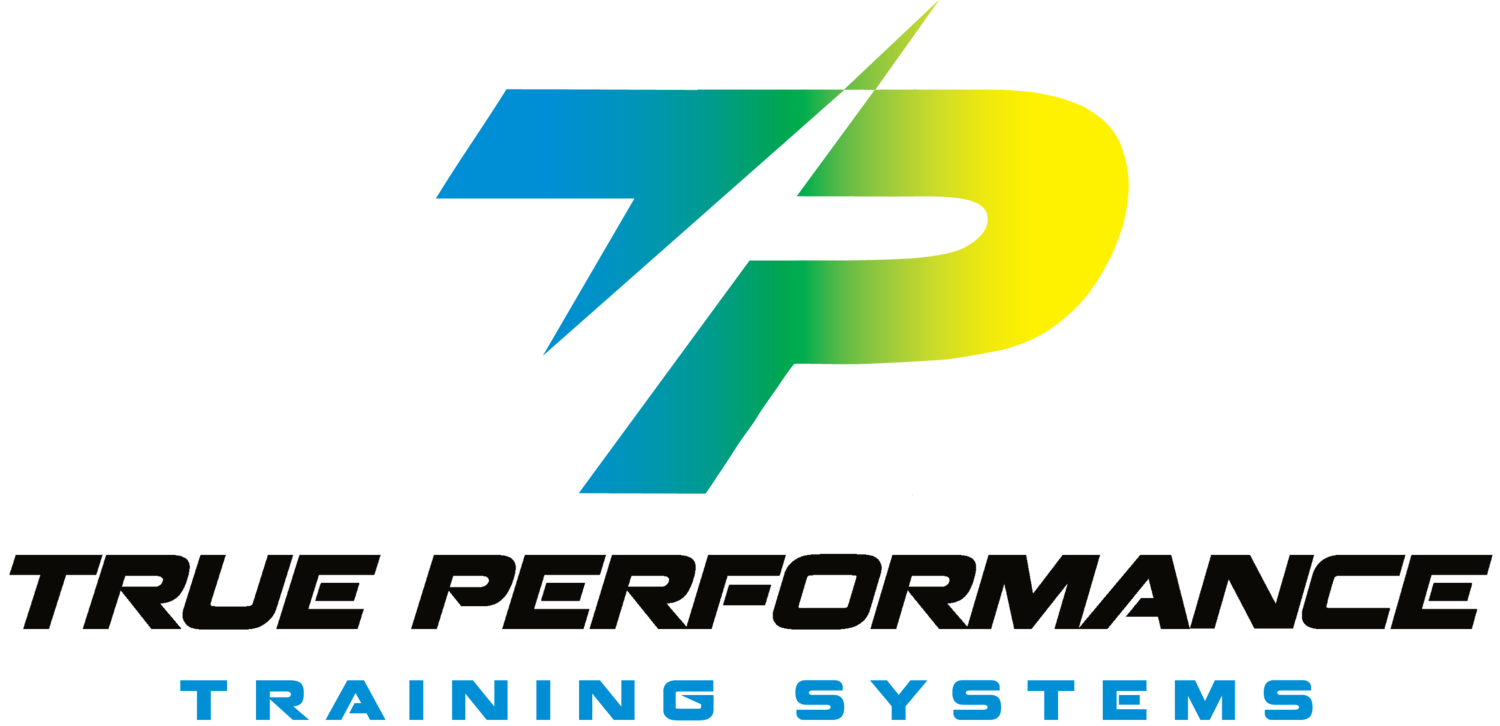Tracking Data
Tracking and analyzing data is a very important concept in endurance sports. You have to know what you are currently capable of in order to figure out where you need to be and how you are going to get there. For some people this is as simple as using a cateye computer on their bicycle to track distance and speed. For others this means using a Garmin device similar to the one pictured above. Garmin seems to have some of the best products for sports electronics. They have very few problems in comparison to other similar products, they do more than almost any other product that has been released to date, and they seem to work well with all other ANT+ devices.
Choosing the right device for you should be pretty simple. Figure out what exactly you want to use the device for; whether it be running, cycling, swimming, cross country skiing, or triathlon. Then find some products that are built for your intended use. Compare the features to find what you are looking for. If you have a coach I strongly recommend something will easily interface with your PC or Mac computer. I personally use the Garmin Edge 500, but just recently purchased a Garmin Forerunner 910 XT. When looking at electronics look for something that is user friendly. So far of all of the devices I have experience with the Garmin is by far the easiest to operate. In fact it is more user friendly than the simple cateye computers.
Once you have a computer figure out what other ANT+ or Bluetooth Smart devices you need to gather all of the data you would like to collect. Maybe you want to measure power, or heart rate therefore you will need to purchase the proper device to measure these particular stats.
Now that you have a computer and the devices to gather a plethora of information be sure to actually use the device to its fullest potential. If you have a coach, be sure to upload your data often so that your coach can give you feedback. If you are self coached be sure to analyze your own data and figure out what all of it means. If you analyze your data on a regular basis you will begin to see trends that appear with training and racing. These trends will help you to plan workouts and peak for races.
Finally, the point of this post, track your data. If you have a coach, then they are likely tracking your data for you, or at least they should be. If you are using a powermeter it is pretty easy to track your data and see progress. It is as simple as tracking trends in your FTP. If you are just using Heart Rate you might have to get a bit more creative. Heart Rate Threshold values often show very little to no change as fitness increases, esspecially if the athlete already has a good level of fitness. You might try doing field tests on the same section of road, hopefully keeping weather conditions reletively constant between tests. Post test, simply view your heart rate and your speed side by side with previous tests. Most likely you will see a heart rate that is close to the same as before with a speed that is slightly higher than before (providing your fitness is increasing). I personally prefer to use Excel to keep track of all of my athletes progress. I am not going to give away all of the spreadsheets that I personally use, but if you use a little bit of creativity it is pretty simple to come up with something that will work to track your fitness over a period of time.
Most of the examples I used relate to cycling, however you can do pretty much the same thing with run paces, or swim paces. Ultimately it comes down to coming up with a valid test to figure out your threshold, and then using the testing protocol to figure your threshold on a somewhat regular basis.
Knowing your Threshold will help you on race day. It will give you a better idea as to what pace or intensity you can sustain for the duration of the race. For example, you might be running a 10K. Most runners will be at or slightly above threshold for the duration of the 10K. Therefore, if you know your threshold pace, or threshold heart rate you should be able to pace yourself appropriately so that you do not go out too fast and then die, or go out too slow and then have a lot left at the end. When it comes to training, data can go along ways. At the end of the day it is hard to beat the ability to know your body, but there are definitely days that data will show you that it was more of a mental block than anything else. It will also help to show you that the fatigue you feel is showing that you need some recovery.
Ultimately, get a device to measure and track your personal training stats, know how to use it well, know what your numbers mean or better yet find a professional that can help you understand what all of the data means and help you to plan your training with the information that you provide.
